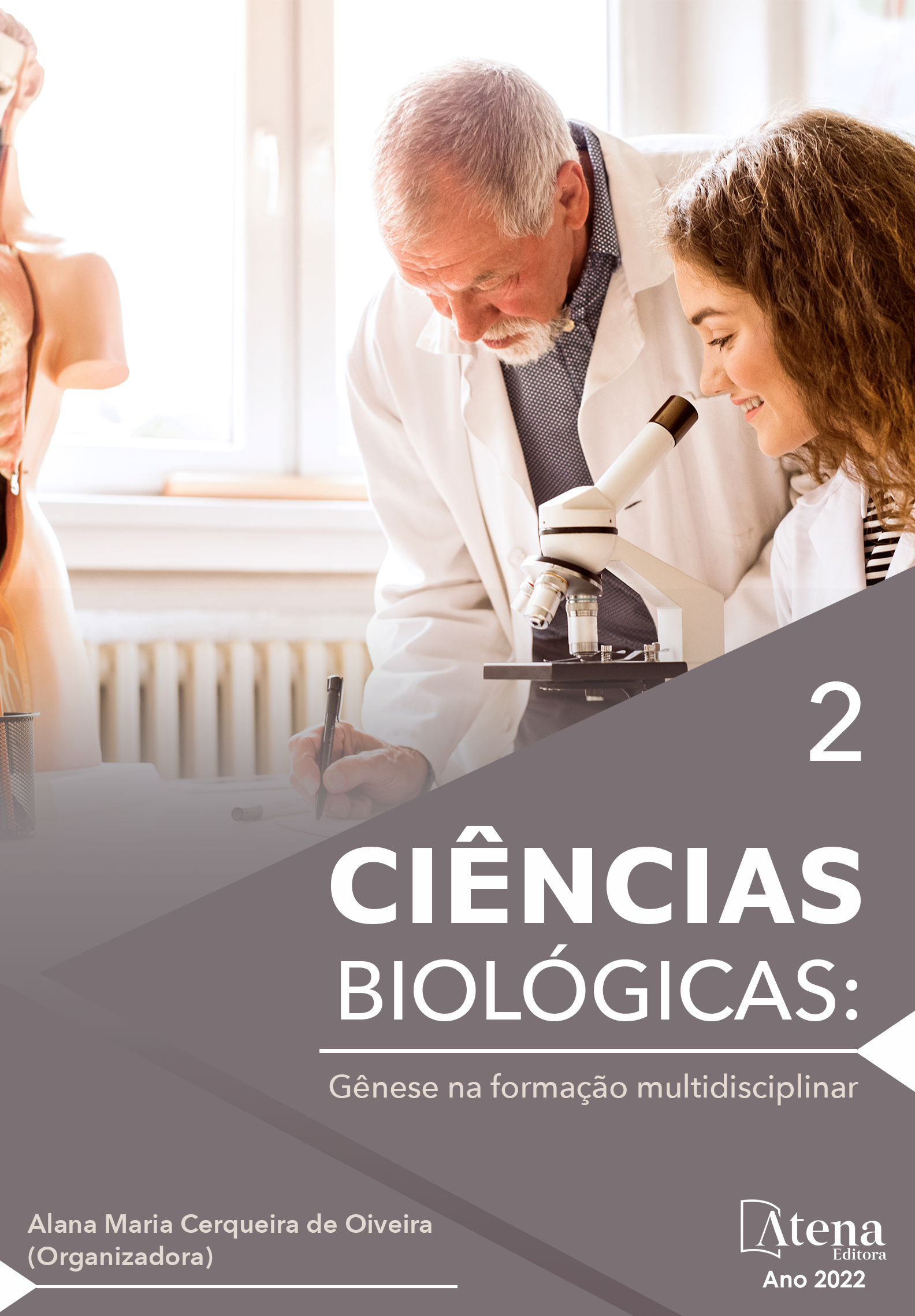
BENZOFENONA E OCTOCRILENO COMO POLUENTES EMERGENTES: UMA PROBLEMÁTICA AMBIENTAL E DE SAÚDE PÚBLICA
O objetivo do capítulo foi caracterizar os poluentes emergentes quanto à estrutura, degradação e regulamentação ambiental, com enfoque em duas substâncias fotoprotetoras, benzofenona-3 (BP-3) e octocrileno (OC), destacando circunstâncias em concentrações em que foram encontradas no ambiente, danos associados e sua relação com as estações de tratamento de esgoto (ETEs). Os poluentes emergentes são compostos químicos sintéticos de estrutura complexa e baixa biodegradabilidade constantemente lançados no ambiente, onde persistem em níveis entre ng e µg, geralmente sem legislações de controle. A BP-3 foi observada em águas superficiais e potáveis em todo o mundo, com toxicidade comparada à de diversos metais e responsável pela morte de corais nas zonas costeiras. Em peixes, afetou a produção de ovos, incubação e testosterona, e em ratos, a densidade de esperma e ciclo estral, Enquanto que em humanos, foram encontrados em amostras de urina, leite materno e plasma sanguíneo, e constatado seu potencial como desregulador endócrino ao interferir no período gestacional, crescimento fetal, células neuronais e doença de Hirschsprung, além de provocar alterações de peso em recém-nascidos. O OC, muito utilizado para estabilizar outros fotoprotetores como a BP-3, também foi frequente em ambientes aquáticos e registrado em sedimentos e peixes com valores superiores aos de poluentes orgânicos persistentes, além de aparecer em água de rio, mar e tratada; em ensaios com zebrafish relacionado a alterações na transcrição de genes do cérebro e fígado; e encontrado em leite materno humano. Os métodos convencionais aplicados nas ETEs, como separação físico-química e lodo ativado, que se atém à remoção de sólidos suspensos e matéria orgânica, não são eficientes para sua eliminação. Dessa forma questiona-se a necessidade de um tratamento terciário, como os processos oxidativos avançados. Cabe o alerta de que novos levantamentos sejam realizados para que se obtenha dados sólidos dos níveis dos poluentes nos ecossistemas, além de ensaios com diferentes organismos-testes buscando concentrações seguras a serem emitidas no ambiente.
BENZOFENONA E OCTOCRILENO COMO POLUENTES EMERGENTES: UMA PROBLEMÁTICA AMBIENTAL E DE SAÚDE PÚBLICA
-
DOI: 10.22533/at.ed.41722170116
-
Palavras-chave: fotoprotetores, contaminantes de caráter emergencial, ecossistemas, ser humano.
-
Keywords: photoprotectors, emergency contaminants, ecosystems, human beings.
-
Abstract:
The objective of the chapter was to characterize the emerging pollutants in terms of structure, degradation and environmental regulation, focusing on two photoprotective substances, benzophenone-3 (BP-3) and octocrilene (OC), highlighting circumstances in concentrations where they were found in the environment, associated damages and their relationship with sewage treatment plants (ETEs). Emerging pollutants are synthetic chemical compounds of complex structure and low biodegradability that are constantly released into the environment, where they persist at levels between ng and µg, generally without control legislation. BP-3 has been observed in surface and drinking waters around the world, with toxicity compared to that of various metals and responsible for coral death in coastal areas. In fish, it affected egg production, incubation and testosterone, and in rats, sperm density and estrous cycle, while in humans, they were found in urine, breast milk and blood plasma samples, and their potential as an endocrine disruptor was found. by interfering with the gestational period, fetal growth, neuronal cells and Hirschsprung's disease, in addition to causing weight changes in newborns. OC, widely used to stabilize other sunscreens such as BP-3, was also frequent in aquatic environments and recorded in sediments and fish with values higher than those of persistent organic pollutants, in addition to appearing in river, sea and treated water; in zebrafish assays related to changes in brain and liver gene transcription; and found in human breast milk. Conventional methods applied in ETEs, such as physical-chemical separation and activated sludge, which focus on the removal of suspended solids and organic matter, are not efficient for their elimination. Thus, the need for a tertiary treatment, such as advanced oxidative processes, is questioned. It is worth warning that new surveys are carried out in order to obtain solid data on the levels of pollutants in ecosystems, in addition to tests with different test organisms seeking safe concentrations to be emitted into the environment..
-
Número de páginas: 27
- DIEGO ESPIRITO SANTO
- Andrielle Karine Ribeiro Mendes
- DÉBORA CRISTINA DE SOUZA
- Flávia Vieira da Silva Medeiros
- Ana Paula Peron


